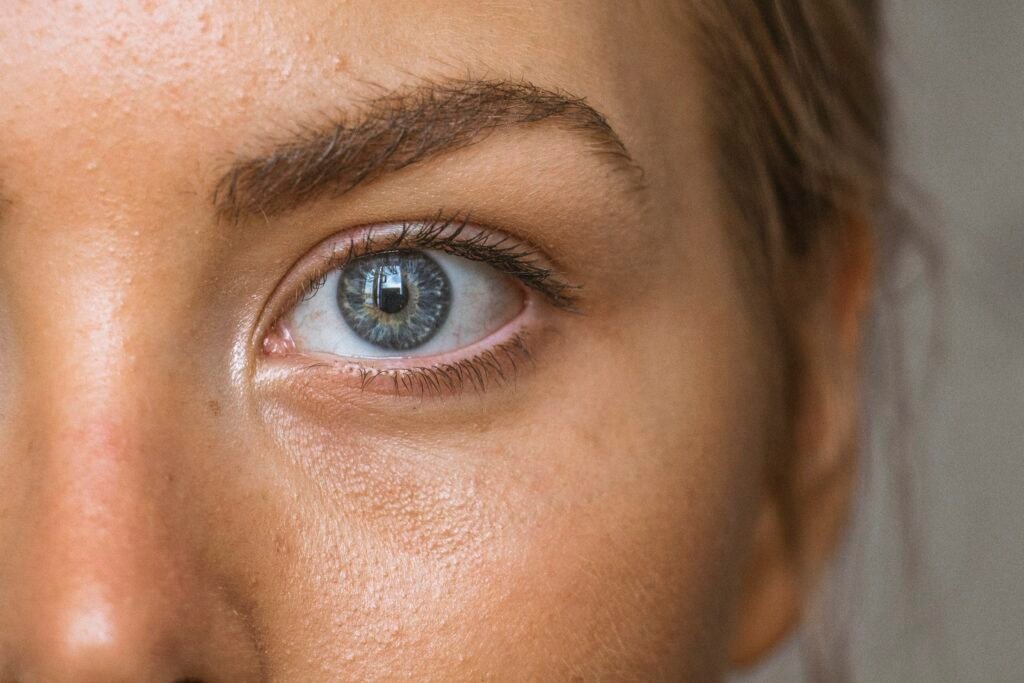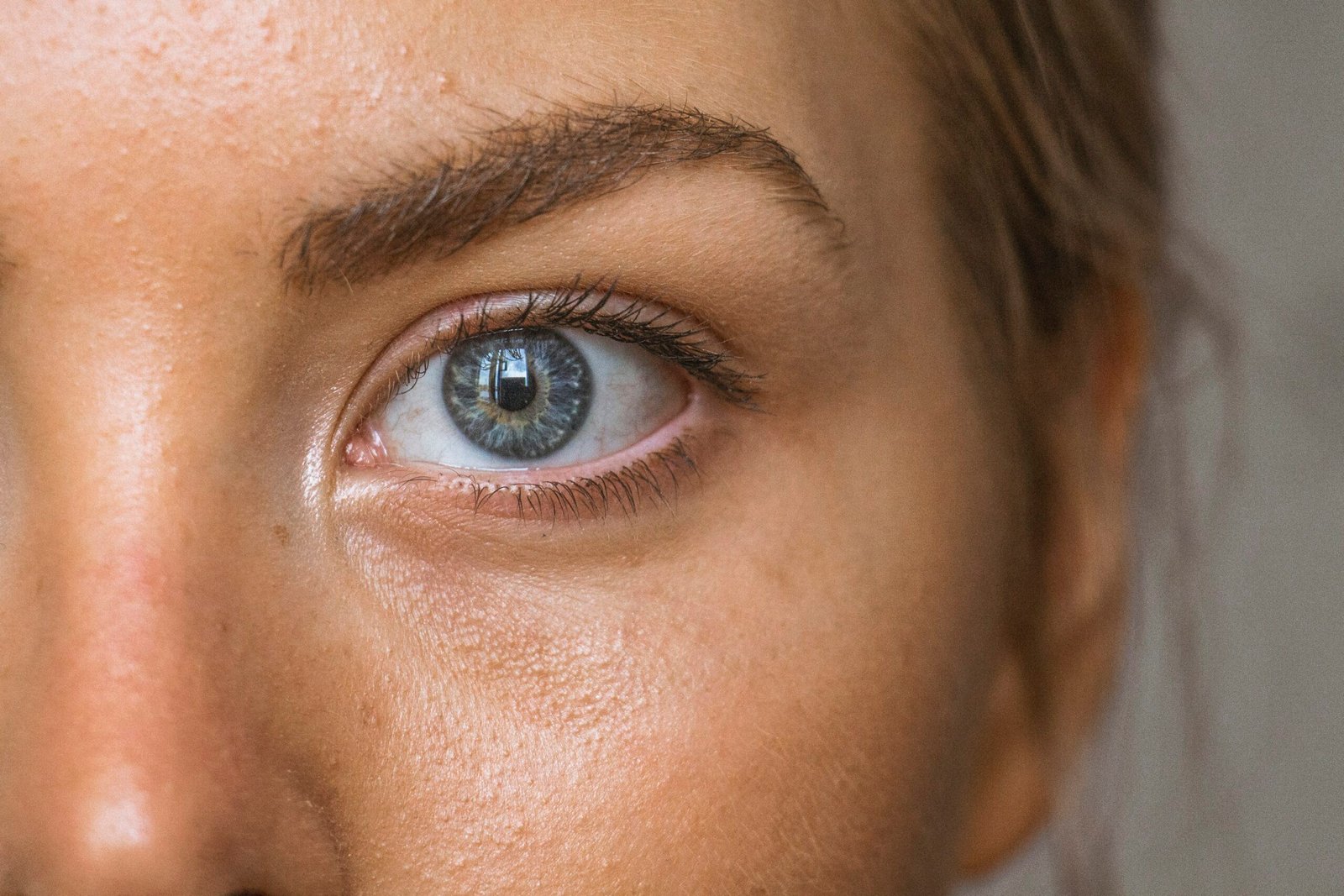Do you ever wonder how spending time in the sun affects your skin? Sun exposure has both benefits and risks for our skin health. On one hand, sunlight is a natural source of vitamin D, which is essential for strong bones and a healthy immune system. On the other hand, excessive exposure to the sun’s ultraviolet (UV) rays can lead to skin damage, premature aging, and an increased risk of skin cancer. In this article, we will explore the various ways sun exposure impacts our skin health and provide tips on how to protect our skin while enjoying the outdoors. So grab your sunscreen and let’s uncover the effects of the sun on our skin!
Understanding Sun Exposure
What is sun exposure?
Sun exposure refers to the amount of time that your skin is exposed to the sun’s ultraviolet (UV) radiation. UV radiation is emitted by the sun and can have both positive and negative effects on the skin.
Types of UV radiation
There are three types of UV radiation: UVA, UVB, and UVC. UVA radiation has a longer wavelength and can penetrate deep into the skin, while UVB radiation has a shorter wavelength and primarily affects the superficial layers of the skin. UVC radiation is absorbed by the Earth’s atmosphere and has limited impact on skin health.
Effects of sun exposure on the skin
Sun exposure can have various effects on the skin, ranging from positive to negative. Understanding these effects is crucial for maintaining healthy skin and minimizing the risks associated with excessive sun exposure.
Positive Effects of Sun Exposure
Boosting vitamin D levels
One of the main benefits of sun exposure is the production of vitamin D in the body. When UVB radiation reaches the skin, it triggers a chemical reaction that converts a precursor molecule into active vitamin D. This vitamin plays a crucial role in maintaining bone health, supporting the immune system, and regulating cell growth.
Improving skin conditions
Moderate sun exposure can help improve certain skin conditions, such as psoriasis, acne, and eczema. The UV radiation can have an anti-inflammatory effect, reducing redness and inflammation associated with these conditions. It can also promote the production of natural oils, keeping the skin moisturized and improving overall skin health.
Enhancing mood and mental health
Sun exposure has been found to have positive effects on mental health and well-being. Exposure to sunlight triggers the release of serotonin, a hormone that plays a key role in regulating mood, sleep, and appetite. This can lead to improved mood, reduced stress levels, and increased feelings of well-being.

Negative Effects of Sun Exposure
Sunburn
Excessive sun exposure can lead to sunburn, which is characterized by red, painful, and inflamed skin. Sunburn occurs when the skin is exposed to high levels of UV radiation, specifically UVB radiation. Sunburn can be not only uncomfortable but also increase the risk of skin cancer.
Skin aging and wrinkles
One of the most well-known negative effects of sun exposure is premature skin aging and the development of wrinkles. Prolonged exposure to UVA radiation can lead to the breakdown of collagen and elastin in the skin, causing it to sag and lose its elasticity. This can result in the formation of fine lines, wrinkles, and age spots.
Hyperpigmentation
Excessive sun exposure can also lead to hyperpigmentation, which is the darkening of certain areas of the skin. This occurs when there is an overproduction of melanin, the pigment that gives color to the skin. Hyperpigmentation can manifest as freckles, age spots, or melasma, and can be difficult to treat.
Skin cancer
Perhaps the most serious consequence of excessive sun exposure is the increased risk of developing skin cancer. Both UVA and UVB radiation can damage the DNA in skin cells, leading to the development of cancerous cells. The most common types of skin cancer associated with sun exposure are basal cell carcinoma, squamous cell carcinoma, and melanoma.
Factors Influencing Sun Exposure
Time of day and year
The intensity of UV radiation varies depending on the time of day and the time of year. UV radiation is strongest between 10 a.m. and 4 p.m., so it is important to take extra precautions during these hours. UV radiation is also stronger during the summer months when the sun is higher in the sky.
Altitude and latitude
Altitude and latitude play a significant role in determining the intensity of UV radiation. At higher altitudes, the atmosphere is thinner, allowing more UV radiation to pass through. Similarly, regions closer to the equator receive more direct sunlight and therefore higher levels of UV radiation.
Cloud cover
Clouds can provide some protection against UV radiation by blocking a portion of the sun’s rays. However, it is important to note that clouds do not completely block all UV radiation. Even on cloudy days, a significant amount of UV radiation can still reach the earth’s surface.
Reflection from surroundings
Certain surfaces can reflect UV radiation, increasing the overall exposure. For example, sand, water, snow, and concrete can all reflect UV radiation and amplify its effects. This means that even when you are in the shade or indoors, you may still be exposed to UV radiation if it is reflected off nearby surfaces.
Individual factors
Each individual’s skin type and characteristics can also influence how they respond to sun exposure. People with fair skin, light-colored hair, and blue or green eyes are generally more susceptible to the negative effects of sun exposure. Additionally, individuals with a history of sunburns or a family history of skin cancer may have a higher risk of developing skin cancer.

UV Radiation and Skin
UVA radiation
UVA radiation has a longer wavelength than UVB radiation, allowing it to penetrate deep into the skin. UVA radiation is responsible for tanning and can contribute to skin aging and the development of skin cancer. UVA radiation is present throughout the day, regardless of the time of year.
UVB radiation
UVB radiation has a shorter wavelength and primarily affects the superficial layers of the skin. UVB radiation is responsible for sunburn and plays a key role in the development of skin cancer. UVB radiation is strongest between 10 a.m. and 4 p.m. and is more prevalent during the summer months.
UVC radiation
UVC radiation is the highest energy form of UV radiation but is mostly absorbed by the Earth’s atmosphere and does not reach the surface. This type of radiation is not a significant concern for skin health.
Effects of UVA Radiation on the Skin
Penetration into the deeper layers of the skin
UVA radiation can penetrate deep into the skin, reaching the dermis, which is the middle layer of the skin. This ability to penetrate deeply gives UVA radiation the potential to cause long-term damage to skin cells.
Contribution to skin aging
UVA radiation is a major contributor to skin aging. It can break down collagen and elastin fibers in the skin, leading to the loss of elasticity, wrinkles, and sagging skin. Over time, repeated exposure to UVA radiation can accelerate the aging process and make the skin appear prematurely aged.
Potential link to skin cancer development
While UVB radiation is typically associated with the development of most types of skin cancer, studies have shown that UVA radiation also plays a role. UVA radiation can damage the DNA in skin cells and increase the risk of developing skin cancer, including melanoma, the most dangerous form.

Effects of UVB Radiation on the Skin
Penetration into the superficial layers of the skin
UVB radiation affects the topmost layers of the skin, primarily the epidermis. It is responsible for the visible effects of sun exposure, such as sunburn and tanning.
Sunburn and tanning
UVB radiation is the main cause of sunburn, which is characterized by red, painful, and inflamed skin. Tanning is the skin’s natural defense against UV radiation and is a result of increased melanin production in response to UVB exposure. However, it is important to note that a tan does not provide significant protection against further sun damage.
Increased risk of skin cancer
Excessive exposure to UVB radiation is directly linked to the development of skin cancer. UVB radiation damages the DNA in skin cells, leading to mutations that can result in the uncontrolled growth of cancerous cells.
Effects of UVC Radiation on the Skin
Absorbed by the Earth’s atmosphere
Fortunately, UVC radiation is absorbed by the Earth’s atmosphere and does not reach the surface. This is fortunate because UVC radiation is the most damaging form of UV radiation and can cause severe burns and other health problems.
Limited impact on skin health
Due to its absence from sunlight, UVC radiation does not significantly contribute to skin damage or skin-related health issues. However, it is important to note that some artificial sources of UVC radiation, such as certain types of lamps or industrial processes, can be harmful to the skin if proper precautions are not taken.
Protection from Sun Exposure
Use of sunscreen
Applying sunscreen is one of the most effective ways to protect your skin from the harmful effects of the sun. Choose a broad-spectrum sunscreen with a high sun protection factor (SPF) and apply it generously to all exposed areas of the skin. Reapply every two hours or more frequently if swimming or sweating.
Wearing protective clothing
Covering up with clothing can provide an additional barrier against UV radiation. Opt for loose-fitting, lightweight clothing that covers as much skin as possible. Dark colors and tightly woven fabrics offer better protection than light, thin materials.
Seeking shade
Seeking shade, especially during the peak hours of solar intensity, can significantly reduce sun exposure. Stay in the shade of trees, umbrellas, or other structures that provide adequate protection from the sun’s rays.
Wearing sunglasses
Protecting your eyes from UV radiation is just as important as protecting your skin. Choose sunglasses that block 100% of UV rays and wear them whenever you are outdoors. This can help prevent conditions such as cataracts and protect the delicate skin around the eyes.
Potential Side Effects of Sunscreen
Allergic reactions
Some individuals may experience allergic reactions to certain sunscreen ingredients. These reactions can manifest as skin rashes, itching, or hives. If you suspect that you are allergic to a particular sunscreen, try a different brand or consult a dermatologist for alternative options.
Skin irritation
In some cases, sunscreen can cause skin irritation, particularly in those with sensitive skin. This can result in redness, stinging, or a burning sensation. If you experience these symptoms, discontinue use and consult a healthcare professional for advice.
Environmental impact
Some sunscreen ingredients, such as oxybenzone and octinoxate, have been found to have negative effects on marine ecosystems, particularly coral reefs. When swimming in oceans or other bodies of water, opt for reef-safe sunscreen options to minimize the impact on the environment.
In conclusion, sun exposure can have both positive and negative effects on the skin. While moderate sun exposure can provide benefits such as increased vitamin D levels, improved skin conditions, and enhanced mood, excessive exposure can lead to sunburn, skin aging, hyperpigmentation, and an increased risk of skin cancer. Various factors influence sun exposure, including time of day and year, altitude and latitude, cloud cover, reflection from surroundings, and individual factors. Understanding the different types of UV radiation and their effects on the skin is essential for taking the necessary precautions. Protecting your skin by using sunscreen, wearing protective clothing, seeking shade, and wearing sunglasses can help minimize the risks associated with sun exposure. However, it is important to be aware of potential side effects of sunscreen, such as allergic reactions, skin irritation, and environmental impact, and choose suitable options accordingly. Remember to strike a balance between enjoying the benefits of the sun and protecting your skin to maintain optimal skin health.
Losing weight and keeping it off can be a challenge. I’m here to show you good-tasting foods and drinks that help you lose weight, and are enjoyable to eat.




